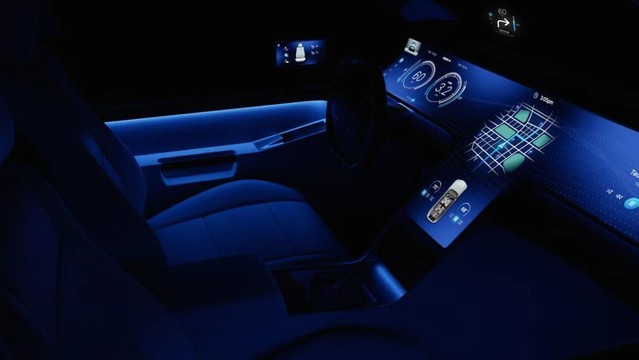
In the past few years, 5G is the most frequent word in the science and technology circle. Maybe many people still don't know what the magic of 5G is, let alone what the three major application scenarios of 5G refer to, but it doesn't hinder people's endless longing for 5G.
Since the issuance of the 5G license, China's 5G commercial has entered a stage of steady development. It is reported that the number of 5G network base stations in China has reached 1.854 million, and the number of end users has exceeded 450 million. It can be said that 5G has become an important support for China's economic and social digital transformation.
The accelerated arrival of the 5G era is creating conditions for the integration of traditional industries into the "Internet of Everything", such as "5G+smart agriculture" A large number of new industrial forms focusing on "5G+AI", such as "5G+Smart Healthcare", "5G+Smart Education", "5G+Smart Home", will become the mainstream. For many traditional industries, the interaction and integration between 5G and AI will bring more development opportunities.
Taking automobiles as an example, it has been a century since the first automobile officially walked off the production line to become an important pillar industry that affects the global regional economy today. Automobile is a typical traditional industry, and is also recognized as the most suitable traditional industry for intelligent iteration drive The automobile industry has changed. In the past, the automobile may only be a simple means of transportation, but it will become a comprehensive intelligent mobile terminal in the future.

When we talk about the intellectualization of cars, the first thing we think of is automatic driving. In many science fiction and future film and television works, it is common to see pictures describing automatic driving technology. Cars can freely shuttle in the traffic, but drivers do not need to spend too much energy on driving. Today's autonomous driving has not yet reached this level, but assisted driving has become increasingly mature.

In daily driving, assisted driving is very helpful. It can not only greatly reduce the driver's burden, but also has very high safety. With the help of the laser radar around the car body, it can always sense the surrounding driving environment, and timely transmit the complicated road information to the driver. No matter whether it is automatic lane change overtaking, traffic light recognition, or dealing with complex road traffic, it has a good performance.
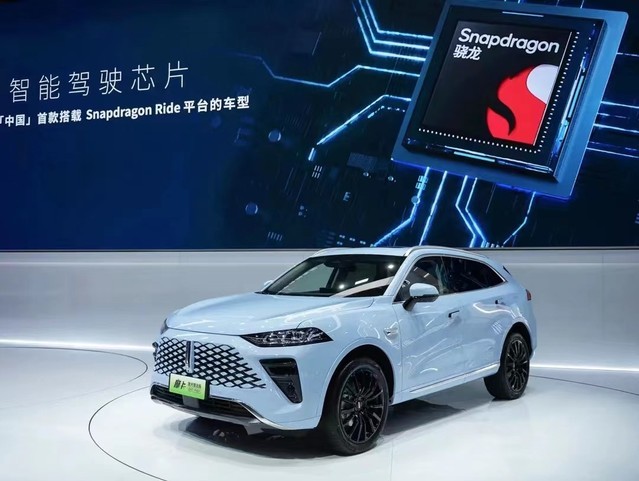
Great Wall Motors Weipai Mocha DHT-PHEV lidar version appeared in Chengdu Auto Show
In the recent 2022 Chengdu Auto Show, Weipai brought a new Mocha DHT-PHEV lidar version. Compared with the previous Mocha DHT-PHEV, the new Mocha DHT-PHEV lidar version added two lidars. In addition, it became the first one in China to carry Qualcomm Snapdragon Ride The model of the platform, through the combination of the algorithm data from the bottom layer and the laser radar data, enables the Mocha DHT-PHEV laser radar version to have a more three-dimensional and accurate perception of the surrounding environment. Especially in the face of some complex urban road conditions, it can also make more realistic decisions, which greatly improves the driving safety.
The above is just a typical use case of 5G and AI in traditional industries. In addition, 5G and AI also play a key role in other emerging industries. For example, with the popularity of the concept of "meta universe", with the support of 5G and AI, VR, AR and other industries, as the entrance, have ushered in a new stage of development.

about XR For devices, the 5G connection can ensure real-time access to massive data from the cloud, AI can analyze and learn these data, making the experience of terminal devices more and more humanized. At the same time, with the addition of AI, some more complex operations, such as 3D modeling and rendering, can also be realized through the collaborative way of terminal and cloud. The terminal does not need to carry too much hardware, which is more conducive to the lightweight of the device.
As the most advanced wireless connection and mobile computing technologies, 5G and AI also need many technology manufacturers to participate in promoting the rapid development and popularization of cutting-edge technologies. Qualcomm is a company we are very familiar with.
The aforementioned Mocha DHT-PHEV lidar version is equipped with the Qualcomm Snapdragon Ride platform, which is mainly used to provide vehicles with more powerful ambient awareness. It is an important part of the auxiliary driving and automatic driving systems. In addition to improving car perception and enhancing intelligent driving, the Snapdragon Ride platform is also scalable and flexible. Qualcomm provides manufacturers with a wealth of software and hardware development kits, which manufacturers can quickly deploy to products according to their needs, saving many development processes and costs. In fact, Mocha DHT-PHEV lidar version only took more than one year from concept to mass production. I believe that a large part of the reason is related to the differentiated intelligent driving solutions and unique customized functions provided by Snapdragon Ride platform.
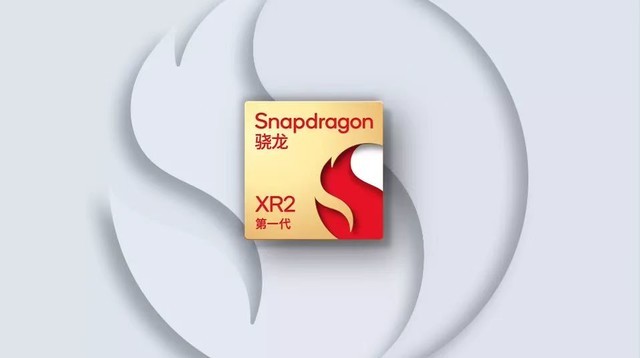
In terms of XR, Qualcomm's previously launched Snapdragon XR2 platform has brought distributed AI technology to the XR field. Compared with the previous generation platform, Snapdragon XR2 has 11 times the AI performance improvement, supports 5G connectivity, and can use high-performance edge cloud rendering to enhance the rendering capability of the terminal side, thus helping device manufacturers and developers develop a variety of innovative devices and applications.
Not long ago, QUALCOMM, China Mobile and Zhonghe Group jointly demonstrated Boundless XR technology demonstration, and cooperated with edge cloud side for real-time rendering with 5G high-speed and low latency network transmission. At the same time, combined with local optimized rendering on XR terminal side, they provided users with low latency, immersive and unbounded XR experience. The XR device used in this demonstration is equipped with Snapdragon XR2 With the help of AI, the application of 5G+XR has been strengthened. While promoting the landing of more application scenarios, the user experience has also been pushed to a new height.
It is easy to find that Qualcomm can be seen in both traditional industries represented by automobiles and emerging industries represented by VR and AR. In fact, Qualcomm has always played a very important role in the development of 5G.
with mobile phone For example, Qualcomm 5G baseband has always been the standard configuration of many smart phones, accounting for most of the global smartphone baseband chip shipments.
As early as 2016, Qualcomm launched the world's first 5G modem, the Snapdragon X50, and subsequently launched several baseband chips such as the Snapdragon X55, the Snapdragon X60, and the Snapdragon X65. In the first half of this year, Qualcomm officially launched the Snapdragon X70. The biggest feature of this generation of 5G modems is the integration of AI capabilities, making the overall performance of the Snapdragon X70 a great breakthrough under the support of AI, such as 10Gbps Transmission speed, low delay, better mobility and link robustness, and more intelligent adjustment ability in the face of complex communication environment, which can cover a wider range of signals and have higher speed.
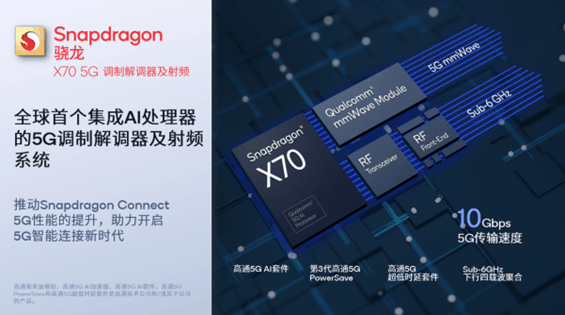
At the 2022 World Artificial Intelligence Conference held last week, the Snapdragon X70 was successfully selected into the WAIC's highest award - the TOP 30 SAIL Award. This award has a high international authority in the field of artificial intelligence, and attracts a large number of outstanding scientific and technological projects every year. The Snapdragon X70 was selected as a successful case of "using AI technology to improve 5G performance". Moreover, the Snapdragon X70 product itself has extremely high deployment flexibility. In addition to mobile phones, it can also be used on fixed wireless access devices, industrial machinery and other types of terminals, which plays a positive role in promoting the popularization of terminal AI.
Finally, I have something to say:
Soon, we will face an era of connecting "things and things", "things and people", and "people and people". In such a complex system, all terminals are serving around people's needs, and they will generate massive data. These data will be seamlessly transmitted between "cloud" and massive terminals, with high speed, low delay The 5G with high capacity and other characteristics can well meet these requirements. AI can help terminal devices handle huge amounts of data and improve 5G experience in different application scenarios through real-time, efficient and accurate decision-making.
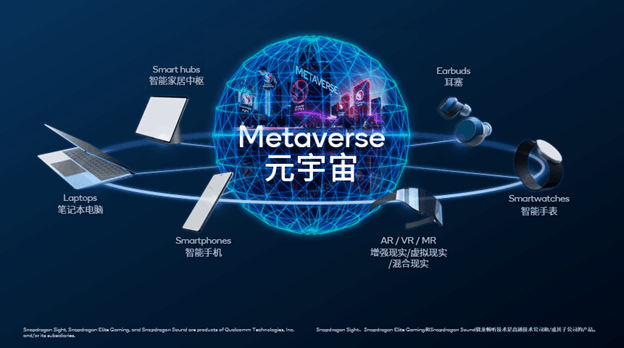
Of course, the evolution of technology does not happen out of thin air, and cannot be separated from the joint efforts of enterprises like Qualcomm. At present, Qualcomm is accelerating the integration of 5G and AI into all walks of life by virtue of its comprehensive and rich product portfolio. It is believed that with the passage of time, the Internet of Things, smart cars, XR and other fields will change dramatically and have more possibilities.
This article is an original article. If it is reproduced, please indicate the source: What changes are being brought about by 5G and AI in the fast coming era of Internet of Everything? https://mobile.zol.com.cn/801/8014090.html
https://mobile.zol.com.cn/801/8014090.html
mobile.zol.com.cn
true
Zhongguancun Online
https://mobile.zol.com.cn/801/8014090.html
report
five thousand one hundred and fifty-three
In the past few years, 5G is the most frequent word in the science and technology circle. Maybe many people still don't know what the magic of 5G is, let alone what the three major application scenarios of 5G refer to, but it doesn't hinder people's endless longing for 5G. Since the issuance of the 5G license, China's 5G commercial has entered a stage of steady development. It is reported that the number of 5G network base stations in China has reached 1.854 million, and the number of terminal users has exceeded 4















